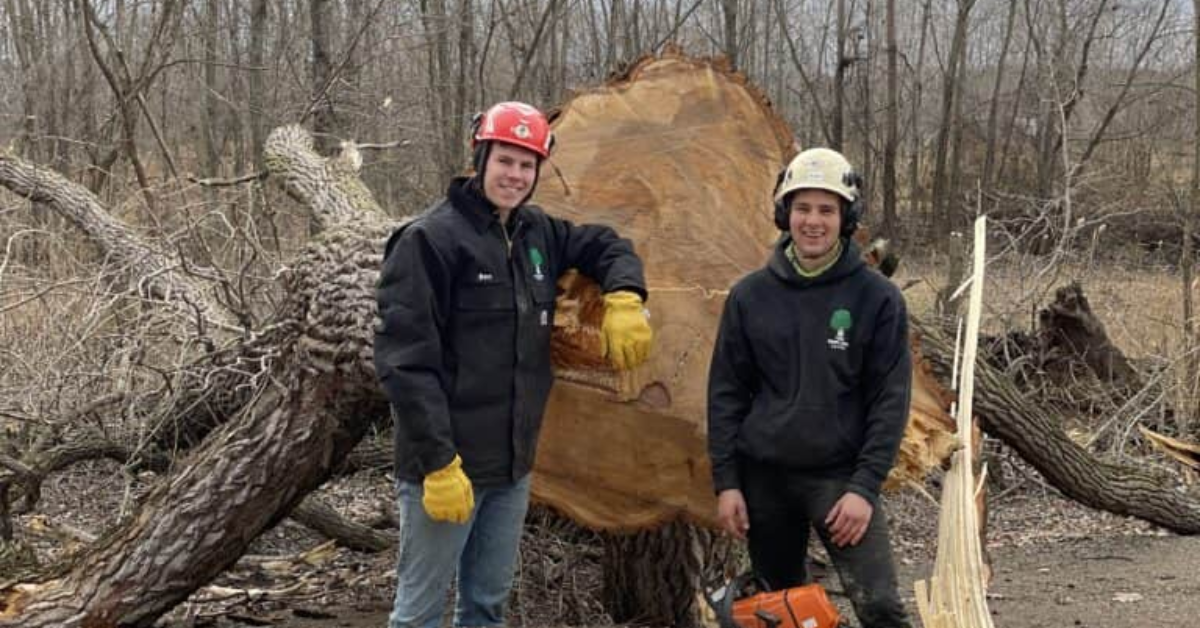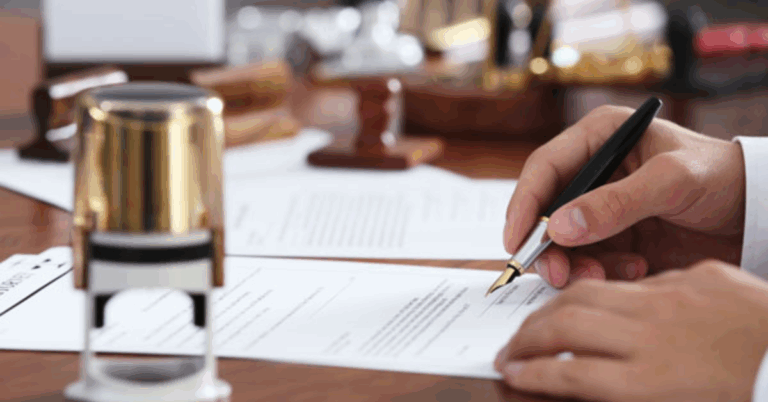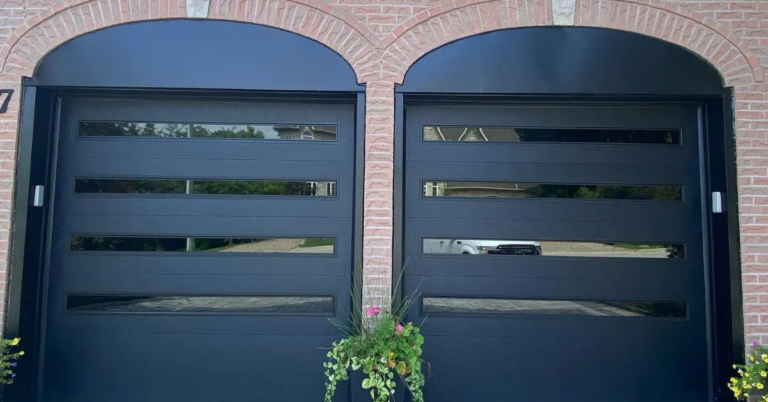Tree Removal: Understanding the Process, Benefits, and When It’s Necessary
Trees add beauty, shade, and value to our properties. However, there are times when Tree Removal becomes a necessary part of landscape management. Whether it’s due to disease, storm damage, overgrowth, or safety concerns, removing a tree requires careful planning, proper tools, and expert knowledge. Tree removal is not just about cutting down a tree—it’s about protecting property, preserving nearby vegetation, and maintaining long-term safety.
Understanding when and why tree removal is needed can save homeowners and property managers time, money, and potential hazards. In this article, we’ll delve into the signs that indicate a tree should be removed, the steps involved in the process, the environmental and legal considerations, and how to choose the right professionals for the job.
When Tree Removal Becomes Necessary
Not every unhealthy tree needs to be removed. Sometimes, pruning or treatment can revive a dying or diseased tree. However, certain situations call for full removal. Here are some common reasons:
1. Dead or Dying Trees
Dead trees pose significant safety hazards. Without life to sustain their structure, they become brittle and unstable, increasing the risk of collapse. If a tree is no longer showing signs of growth, has brittle bark, or large sections are without leaves during the growing season, removal might be necessary.
2. Storm or Structural Damage
Severe weather, including storms, hurricanes, or heavy snow, can cause irreversible damage to a tree. If the trunk is split, or major limbs have fallen, the integrity of the tree may be compromised beyond repair.
3. Disease and Infestation
Tree diseases such as Dutch elm disease, oak wilt, or pine beetle infestations can spread quickly. A diseased tree that cannot be treated may need to be removed to prevent the spread to other trees in the vicinity.
4. Roots Threatening Structures
Tree roots can grow far and wide, often interfering with sidewalks, driveways, foundations, and sewer lines. In such cases, tree removal may be the only viable solution to prevent further property damage.
5. Overcrowding or Poor Location
Sometimes trees are planted too close together or near power lines and buildings. When trees outgrow their space or block sunlight from gardens, removal might be required for better landscape planning.
The Tree Removal Process: Step-by-Step
Tree removal is more than simply cutting down a tree with a chainsaw. It involves a strategic process to ensure safety and minimize damage to the surrounding area.
1. Assessment and Planning
A professional arborist will first evaluate the condition of the tree, its surroundings, and potential hazards. This includes determining the direction of the tree’s fall, checking for overhead wires, and assessing the proximity to structures.
2. Permits and Regulations
In many cities and counties, there are specific laws regarding tree removal, especially for protected species or trees on public land. It’s essential to understand local regulations before beginning any removal.
3. Tree Cutting
The process usually starts with trimming off branches from the top down. This reduces the weight and controls the direction of the fall. Once limbs are removed, the trunk is cut into manageable sections.
4. Stump Removal
After the tree is down, the stump can be left, ground down, or completely removed depending on your preferences. Stump grinding is a common choice that allows for replanting or landscaping over the area.
5. Clean-Up
Reputable tree removal services also include debris clean-up, disposal of branches and logs, and site restoration if needed.
Environmental and Safety Considerations
Tree removal has environmental implications. Every tree removed reduces the oxygen output and shade coverage in an area. Therefore, decisions to remove trees should be made with ecological responsibility in mind.
When possible, consider alternatives to full removal, such as:
-
Cabling or bracing to support structurally weak trees
-
Selective pruning to remove diseased or damaged limbs
-
Soil improvement and watering to revive declining trees
Additionally, never attempt tree removal on your own unless you have the training and equipment. Falling limbs, chainsaw accidents, and proximity to power lines are all serious hazards. Hiring professionals ensures the process is done safely and efficiently.
Choosing the Right Tree Removal Service
With many companies offering tree removal services, how do you choose the right one? Look for these key factors when hiring a tree removal service:
1. Certification and Insurance
Always choose a certified arborist who is licensed and insured. This protects both you and the workers from liability in case of accidents or property damage.
2. Experience and Reputation
Look for a company with a solid track record and positive customer reviews. Experienced professionals can handle complex removals and are equipped to deal with emergencies.
3. Detailed Estimates
Request a written estimate that includes all aspects of the job—cutting, stump grinding, clean-up, and hauling debris. This avoids surprises and helps you compare prices among different providers.
4. Equipment and Safety Practices
Ask about the tools and safety protocols used by the company. A professional crew should arrive with safety gear, climbing equipment, and machinery appropriate for the job.
5. Sustainable Practices
Some companies recycle wood chips, offer tree replacement options, or donate usable wood. Choosing a service that values sustainability is a plus for environmentally conscious property owners.
Post-Removal Landscape Tips
After the tree removal, the space left behind can be an opportunity for enhancement:
-
Plant a new tree in a better-suited location
-
Create a garden bed or install a seating area
-
Add mulch to promote soil health
-
Install turf or decorative stone for low-maintenance beauty
It’s always a good idea to work with a landscaper to design a post-removal plan that fits your needs and the natural environment of your property.
Final Thoughts
Tree removal is sometimes the best option to maintain the safety, health, and appearance of your property. While it may seem like a simple job, it’s one that requires professional attention and thoughtful consideration. From identifying when a tree is beyond saving to executing the removal with precision and care, the process demands a blend of science, safety, and strategy.
If you’re considering removing a tree on your property, consult with a certified tree specialist to explore all options. Proper tree care doesn’t end with removal—it continues with how you restore, replant, and reimagine the space.
Whether for safety, aesthetics, or property value, responsible tree removal ensures that your outdoor space remains a safe, beautiful, and functional environment for years to come.







